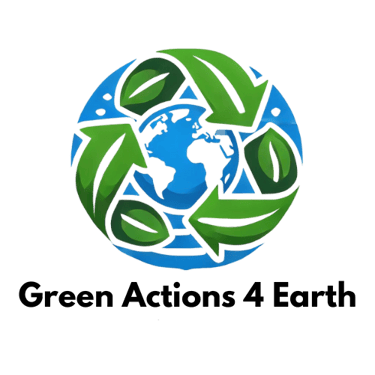The Role of Wetlands in Climate Change
ENVIRONMENTAL ISSUES
Danny Xu
9/15/20242 min read
Wetlands are a fascinating and unique ecosystems where water is present above the soils surface for a least a portion of the year. This environment makes a suitable home for certain plants and animals that may not be able to thrive in different surroundings. Some examples of wetlands include swamps, marshes, and bogs. However, other then being a unique ecosystem that is a home for many organisms, wetlands also play a important role in combatting a problem that is getting worse and worse, global warming.
Global warming is simply the Earth's temperature heating up due to human activities that emit greenhouse gasses into the atmosphere. This is because greenhouse gasses trap the sun's heat the Earth emits back into outer space. Global warming results in many negative consequences like rising sea levels due to glaciers melting, more frequent storms, more severe forest fires and droughts and many more issues.
Despite global warming becoming a more pressing issue, thankfully wetlands exist to help a little bit with slowing down the pace of the issue. One way wetlands are able to slow down global warming is by capturing carbon dioxide. Carbon dioxide is a greenhouse gas that negatively contributes to global warming. Out of any ecosystem, wetlands store the most about of carbon dioxide in the plants and their soil.
Another way wetlands help with global warming is combating some of the negative results of global warming. As mentioned before, storms are more severe and frequent due to global warming. Wetlands, since they are already covered in water, are able to absorb excess flooding, mangrove forests, due to their roots knitting together allow for preventing erosion and reduce wave energy.
Additionally, also mentioned previously, droughts are more common due to global warming, however, wetlands are able to provide a lot of freshwater since the plants are able to purify the water present their.
In conclusion, wetlands are very important to help deal with the effects and slowing down global warming. But, wetlands are in danger due to human activities like urban development and agriculture. As a response, because of their huge impact, groups and organizations have been created to help preserve wetlands. In order to deal with global warming, both natural habitats like wetlands and human actions like reducing greenhouse gas emissions are essential to be successful.
Sources:
“Three Ways Wetlands Can Influence Climate Change.” n.d. Www.preventionweb.net. https://www.preventionweb.net/news/three-ways-wetlands-can-influence-climate-change.
Musmanni, Gabriela. 2022. “5 Ways Wetlands Are Crucial to Climate Change Adaptation.” Global Center on Adaptation. February 2, 2022. https://gca.org/5-ways-wetlands-are-crucial-to-climate-change-adaptation/.
National Geographic. 2023. “Wetland | National Geographic Society.” Education.nationalgeographic.org. 2023. https://education.nationalgeographic.org/resource/wetland/.
National Geographic Society. 2022. “Global Warming.” Education.nationalgeographic.org. National Geographic. December 14, 2022. https://education.nationalgeographic.org/resource/global-warming/.
“Wetlands & Climate Change.” n.d. Www.nawm.org. https://www.nawm.org/science/wetlands-and-climate-change.html.


